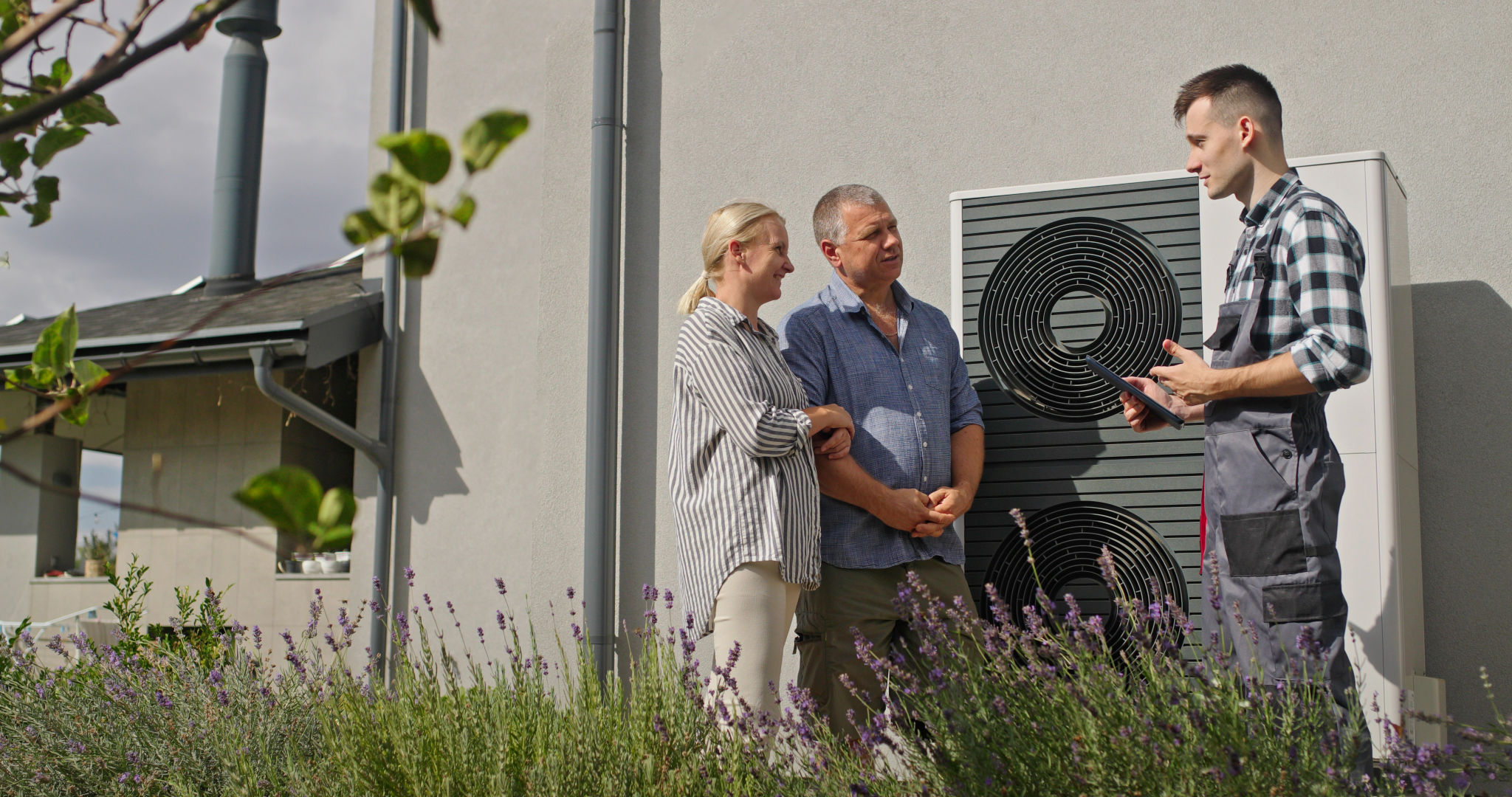The Future of Housing: Modern Architecture in Prefabricated Homes
Revolutionizing Home Construction
The housing industry is witnessing a transformative shift as modern architecture merges with the concept of prefabricated homes. This evolution presents an opportunity to redefine how we think about home construction, offering numerous benefits over traditional building methods.
Prefabricated homes, often referred to as prefab homes, are built off-site in controlled environments and then assembled on-site. This method allows for enhanced quality control, reduced construction time, and minimized waste. As a result, prefab homes are gaining popularity among homeowners and architects alike.

Efficiency and Sustainability
One of the most compelling advantages of prefabricated homes is their efficiency. Building in a factory setting means that weather-related delays are virtually eliminated, allowing for precise scheduling and faster completion times. This efficiency extends to the use of materials as well, with minimal waste compared to traditional construction methods.
Sustainability is at the forefront of modern architecture, and prefab homes are no exception. These homes often incorporate eco-friendly materials and energy-efficient designs, reducing their environmental impact. Homeowners can choose from a variety of sustainable options, such as solar panels, recycled materials, and advanced insulation techniques, making prefabricated homes a smart choice for the environmentally conscious.
Design Flexibility
Gone are the days when prefabricated homes were seen as boxy or uninspired. Today’s modern prefab homes boast a wide range of design possibilities, allowing for personalization and creativity. Architects and designers can experiment with unique layouts, innovative materials, and cutting-edge technology to create homes that are both functional and aesthetically pleasing.

Customization options in prefabricated homes are vast. Homeowners can select from various floor plans, finishes, and fixtures that suit their personal style and needs. This flexibility ensures that each home is as unique as its inhabitants.
Cost-Effectiveness
Another key advantage of prefabricated homes is their cost-effectiveness. The streamlined construction process reduces labor costs, and the efficient use of materials lowers overall expenses. Additionally, because these homes are built quicker than traditional houses, financing costs can also be reduced.
Investing in a prefab home can be an economical choice without sacrificing quality or style. The reduced construction time means that homeowners can move in sooner and start enjoying their new space without unnecessary delays.

The Future of Housing
As urban areas continue to expand and housing demand increases, prefabricated homes offer a promising solution to meet these challenges. Their ability to provide high-quality, sustainable, and affordable housing makes them an attractive option for both urban and rural settings.
The future of housing lies in embracing innovation and sustainability. Prefabricated homes represent a shift towards smarter, more efficient building practices. As technology advances, these homes will continue to evolve, offering even greater customization and energy efficiency.
In conclusion, the fusion of modern architecture with prefabricated construction methods is reshaping the housing landscape. By prioritizing efficiency, sustainability, and design flexibility, prefab homes are paving the way for a more sustainable and aesthetically diverse future in homebuilding.